 The day has finally come! I have been waiting a long time and saving my pennies for this. As I sit here I can hear the “calming” roar of the lawn mower outside and a few others hacking away at the overgrown mess we call our yard. Clay and I kept saying we would eventually just do it ourselves. But our property is almost an acre, overgrown with weeds. The job just seemed daunting, impossible… we both put it off and have been avoiding the conversation for too long. So after months of living in this little house of ours, we decided to hire someone to come take care of it professionally. Worth the money if you ask me. If you are a do-it-yourselfer, all the power to ya. But when I show you the before and afters, you may have different thoughts. haha
The day has finally come! I have been waiting a long time and saving my pennies for this. As I sit here I can hear the “calming” roar of the lawn mower outside and a few others hacking away at the overgrown mess we call our yard. Clay and I kept saying we would eventually just do it ourselves. But our property is almost an acre, overgrown with weeds. The job just seemed daunting, impossible… we both put it off and have been avoiding the conversation for too long. So after months of living in this little house of ours, we decided to hire someone to come take care of it professionally. Worth the money if you ask me. If you are a do-it-yourselfer, all the power to ya. But when I show you the before and afters, you may have different thoughts. haha
So today, in the excitement of it all, I am researching high and low the best ways to start a garden. Now, that is something I can handle. And lucky me, there are four garden boxes that are just waiting to be tended to!
I found a vegetable growing guide on Martha Stewart’s Website that I think will become my new best friend for the next couple months. So far I have learned I am a little late to the gardening game for this season. BUT. Living in California in a temperate climate, I’m going for it anyway and hoping for the best! I’ve also found so many amazing gardening hacks that I will be posting later… what worked for me and what doesn’t. I’ll keep you informed on how my little garden is growing, brown thumb and all.
Root Vegetables
Days to Harvest: Carrots, 54 to 75; parsnips, 110 to 120; beets, 45 to 58; turnips, 38 to 50; radishes, 21 to 30; rutabaga, 90 to 95.
When to Plant: Carrots, beets, parsnips, rutabaga, radishes, and turnips can all be planted in early spring. For those vegetables that mature quickly, you can make several sowings throughout the season for a constant supply, though most radishes won’t do well in the heat of summer. Long-maturing varieties should be planted as early as possible, especially in cold climates.
Light: Full sun.
Soil: Average soil is fine. Root vegetables require a deeply dug, loose, well-prepared soil. Any rocks or otherwise impermeable areas in the soil will result in misshapen roots. Root vegetables struggle in clay soils; amend these heavily with compost to improve soil texture.
Watering: Steady, regular watering is necessary for the roots to develop into nutritious, tasty vegetables.
Fertilizing: Fertilize with a balanced fertilizer if soil fertility is low. Do not use a high-nitrogen fertilizer.
Pest Problems: None serious. Rotate crops to minimize potential scab or rot diseases.
Corn
Days to Harvest: 66 to 90.
When to Plant: Extremely frost sensitive, corn planted in soils cooler than 55 degrees (65 for super-sweet varieties) fails to germinate or has very poor germination. Direct-sow only after night temperatures are consistently in the 50s. Plant in blocks of at least 3 rows, at least 3 feet long apiece, to ensure best pollination. Hand-pollinate by gently shaking plants toward one another if you cannot devote this much space.
Light: Full sun. Bear in mind that corn’s tall stature will cause it to cast shade over neighboring plants.
Soil: Well-drained, amended generously with compost a few weeks before planting.
Watering: Requires ample water especially during fruiting — up to 2 inches per week.
Fertilizing: Corn is unique in that it grows above ground. This enables the gardener to fertilize by side dressing — applying a band of organic granular fertilizer directly to the soil surface around the base of the plant. Apply according to rates indicated on package before fruit set.
Pest Problems: Birds and raccoons, Japanese beetles. Corn earworms can be excluded by choosing resistant varieties.
Peppers
Days to Harvest: Can be harvested in as few as 55 days for green and immature, or up to 95 days for red and ripe.
When to Plant: For a head start, plant seeds indoors 6 weeks before the last frost. Peppers can be planted outdoors when frost is no longer a threat and the soil is reasonably warm.
Light: Full sun.
Soil: Moist, rich, and well drained.
Watering: Water regularly, but too much water will result in much milder hot peppers.
Fertilizing: Fertilize weekly.
Pest Problems: Aphids can be knocked off the plants with a strong stream of water from the hose; flea beetles will eat small holes in the leaves but won’t bother fruit.
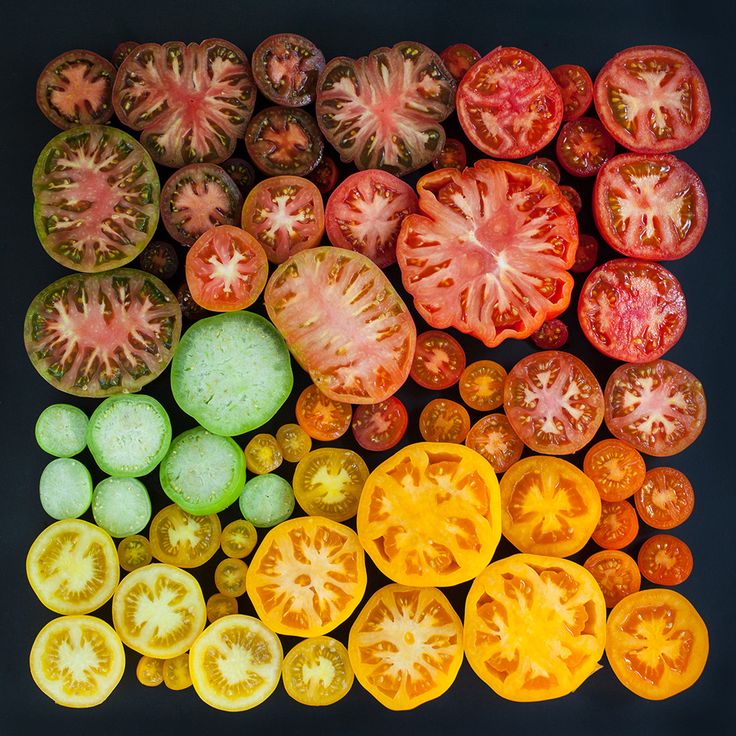
Tomatoes
Days to Harvest: 55 to 85.
When to Plant: Tomatoes should be started indoors 6 weeks before the last frost and only transplanted into the garden when the soil has warmed and frost no longer threatens.
Light: Full sun.
Soil: Rich, well-drained top soil, ideally amended with compost.
Watering: Water frequently and consistently. Mulch keeps the soil evenly moist.
Fertilizing: Tomatoes have high fertility requirements, so apply an organic fertilizer at planting and again at midseason.
Pest Problems: Aphids can be knocked off with a strong stream of water from the hose; tomato hornworms are large, green caterpillars that can be handpicked and destroyed. Also subject to several diseases that can be minimized by rotating crop, using resistant varieties, and mulching around the plants.
Garlic
Days to Harvest: Depending on weather conditions, autumn-planted garlic should be ready to harvest about 9 to 10 months later, in July.
When to Plant: Plant in fall, about 6 weeks before hard frost. Set large, firm individual cloves point up in well-prepared soil, burying cloves an inch or two below ground level in mild zones, and at twice that depth in cold-winter areas.
Light: Full sun.
Soil: Organic rich, well drained.
Watering: Keep area weeded and watered.
Fertilizing: Mulch as soon as ground freezes. Avoid use of chemical fertilizers: Excessive nitrogen promotes decay-prone bulbs. Snip off any flower shoots that appear.
Pest Problems: Diseases are commonly a symptom of poorly drained soil; where that is a problem, plant garlic in raised beds.
Salad Greens
Days to Harvest: 20 to 30 for leafy types; 30 to 60 for head lettuces.
When to Plant: Most all types do best in cool weather and are cold-tolerant, so begin sowing in early spring. Make frequent, regular sowings of small amounts of seed to keep a consistent but manageable supply of greens. Try sowing a 1- to 2-foot row of seeds weekly until temperatures reach the 80s.
Light: One of the few vegetables that can tolerate some shade and even benefit from it, especially as the weather warms. Best production, particularly among red leaf varieties, is in morning sun with some shade in the heat of the day.
Soil: Average soil; good drainage is essential.
Watering: Water regularly; plants are sensitive to drying. Avoid wetting leaves.
Fertilizing: Not necessary unless soil is poor.
Pest Problems: Aphids can be washed off with a hose. Be on the lookout for slugs, which can be handpicked or trapped. Mold can be a problem, so site with good air circulation and avoid prolonged wet conditions.
I also plan to plant squash, beets, sweet peas, rosemary, thyme, and I’ll transplant my basil and mint to the boxes as well. See more tips and veggie planting guides on Martha Stewart’s Website! Check back to see how things are going! And please, I am open to ANY AND ALL gardening advice/tips!!
Photo Creds in order top to bottom: Roland Persson Styling: Linda Lundgren, Amy Johnson: 500px Only But a Glimpse, Eats & Arts, Emily Blincoe, Only But a Glimpse, Drizzle and Dip, The First Mess
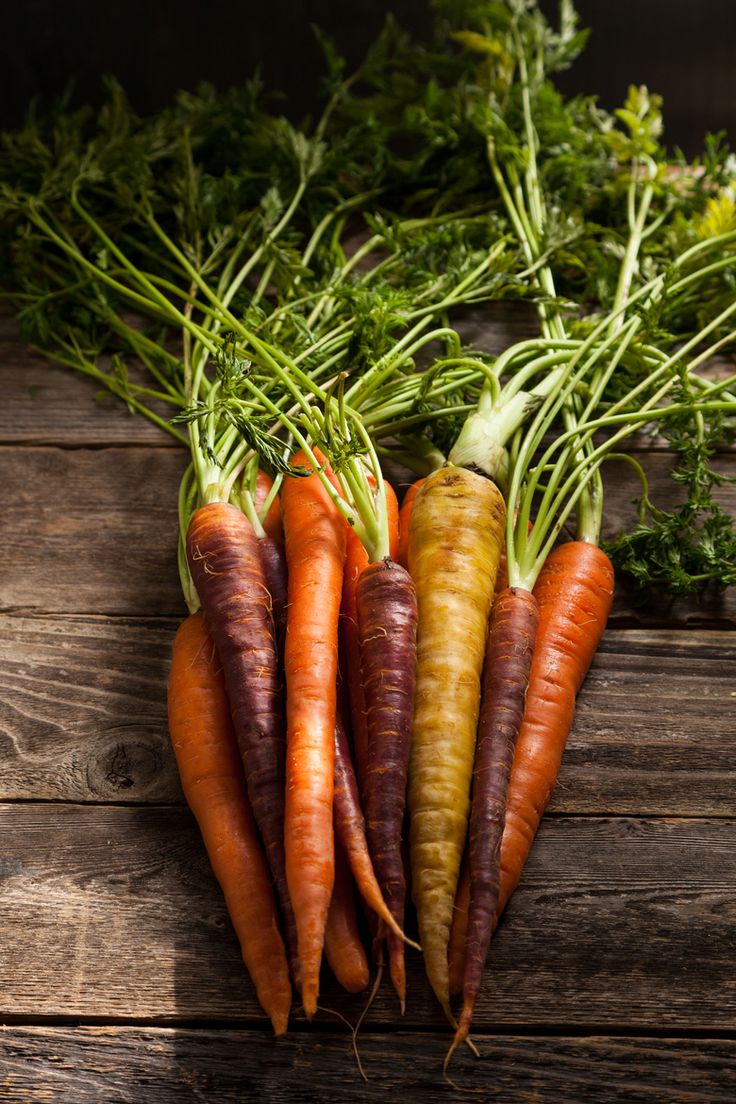
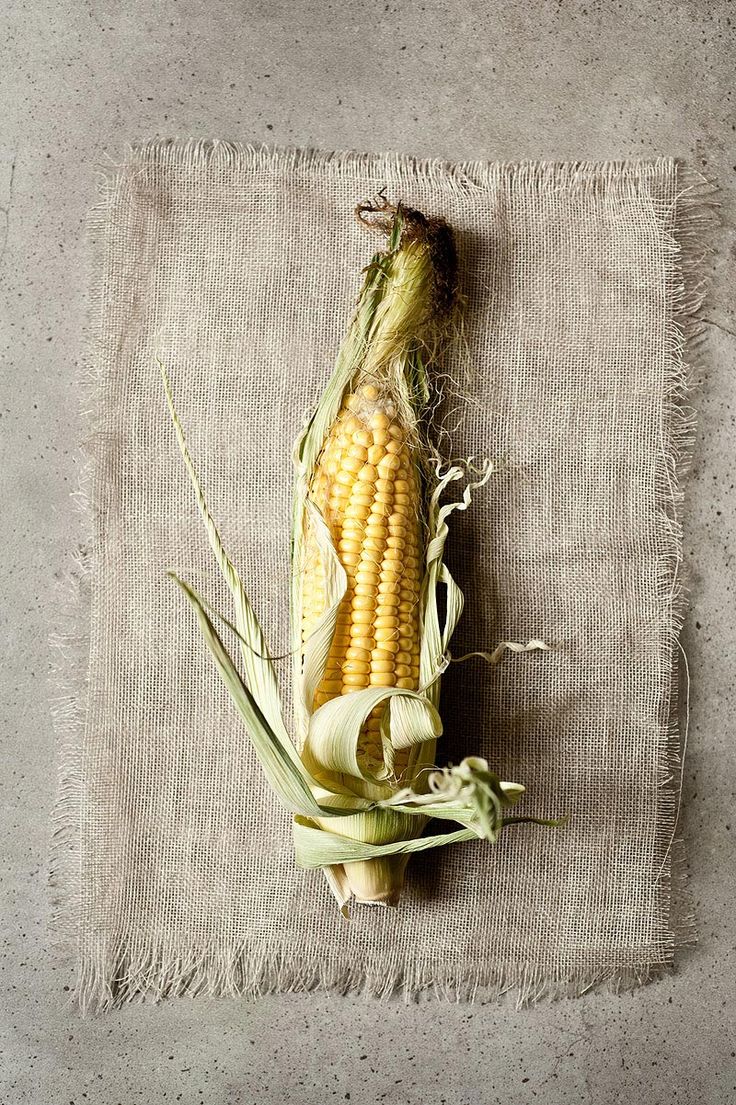

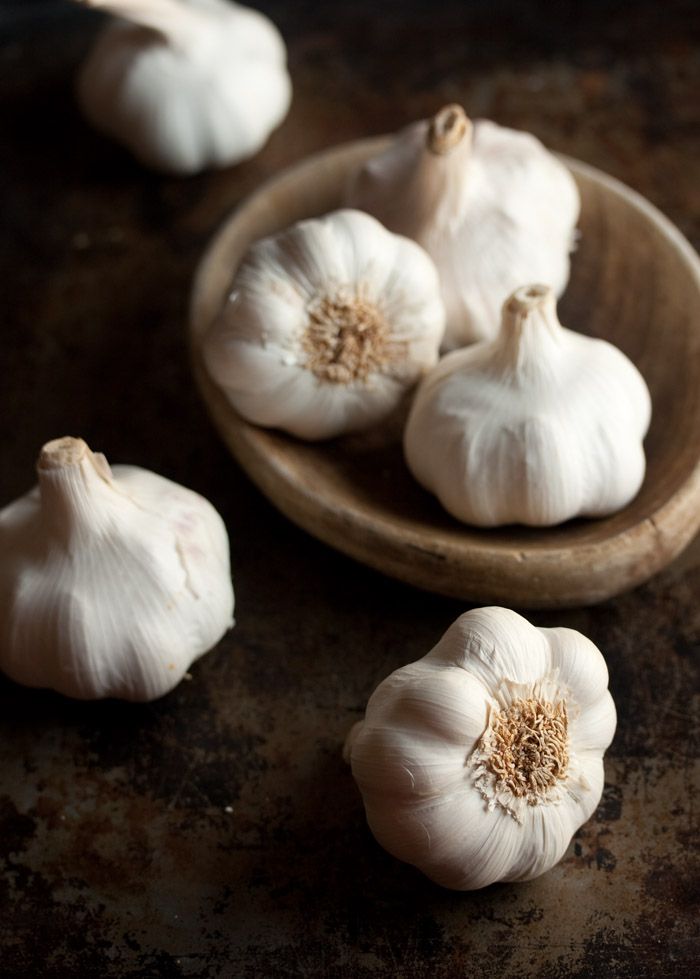
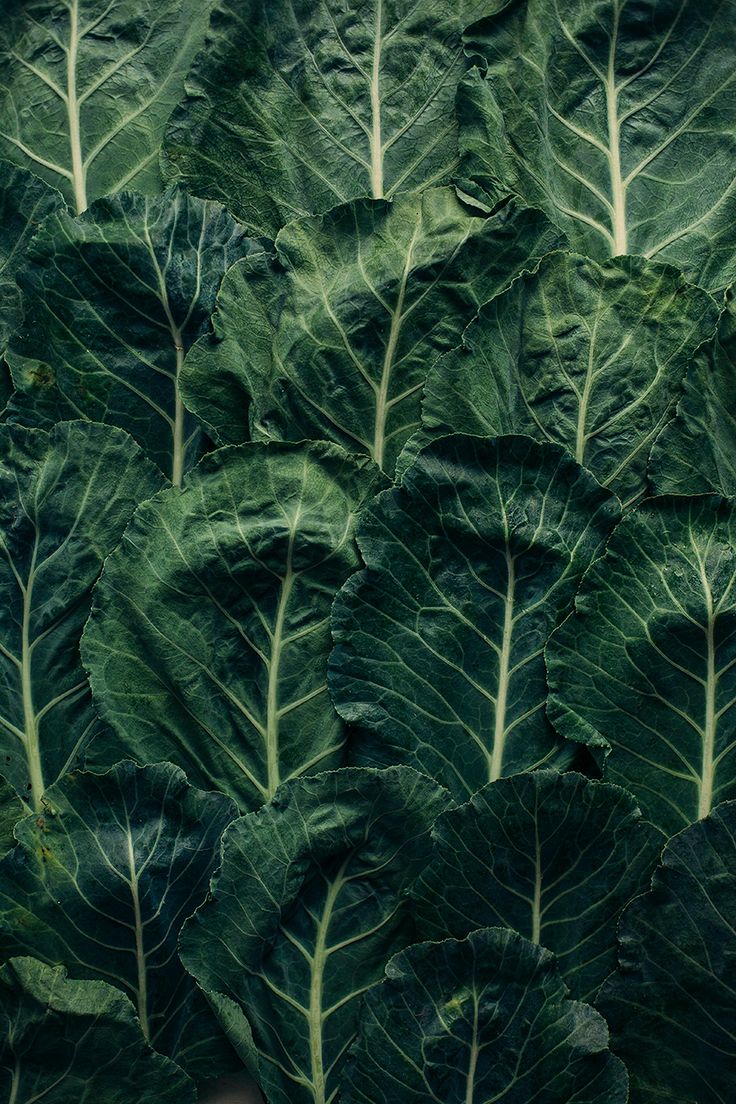


Lauren! This post is solid gold. I think I’m ready now for my own farm to table sitch. Thank you!